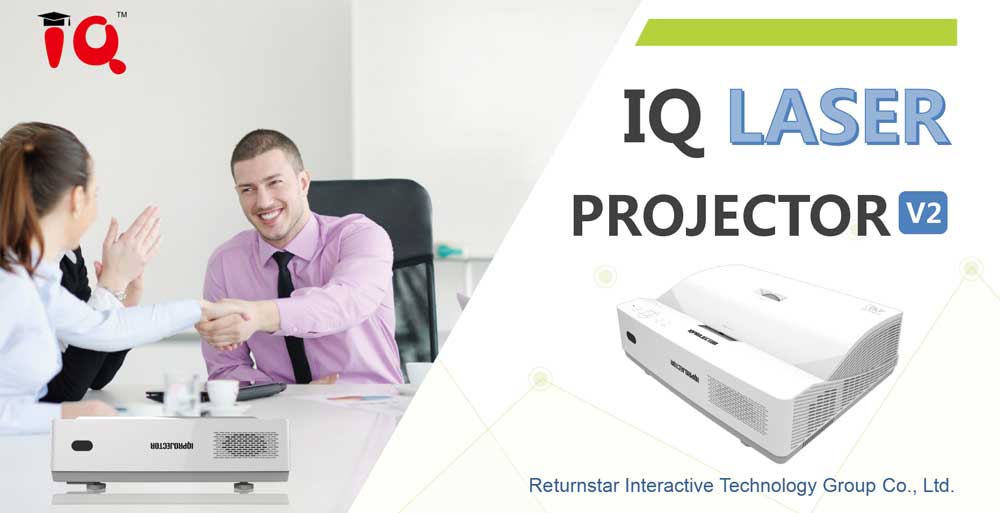
Projection technology offers countless opportunities for companies, events, or brands in the market for producing an AV experience. Now, with the integration of lasers, the projection landscape is undergoing a major shift on a scale that hasn’t been seen in 20 years when the debut of Texas Instrument’s DLP (Digital Light Processing) projectors hit the market.
The Laser Advantage
The benefits of laser projection technology are immense. They allow more compact projectors of the same brightness class, although the weight wouldn’t change, as lasers are just as heavy. They have lower decibel ratings since most of the noise a projector emits comes from the cooling fans. There is no orientation sensitivity, and a laser light source consumes less power than its xenon counterpart.
Quality, brightness, and longevity. Anyone who has seen a lamp projector and a laser projector side by side in a dark room knows that lasers produce a much brighter image, and since they can handle nearly any wavelength of light, they’re able to produce deeper, richer, more precise colors as well.
Longevity is also a plus. Not only do laser projectors emit a brighter light than bulb projectors, they also maintain that brightness over time. Unlike bulb projectors, which tend to lose their color and luminosity relatively quickly, a 5,000-lumen laser projector will still run pretty much at 5,000 lumens in two to three years.
In short, laser projectors might be more expensive, but in the long run they could be more cost-efficient, depending on how they’re used.
Copyright © 2017.Returnstar Interactive Technology Group Co., Ltd All rights reserved.